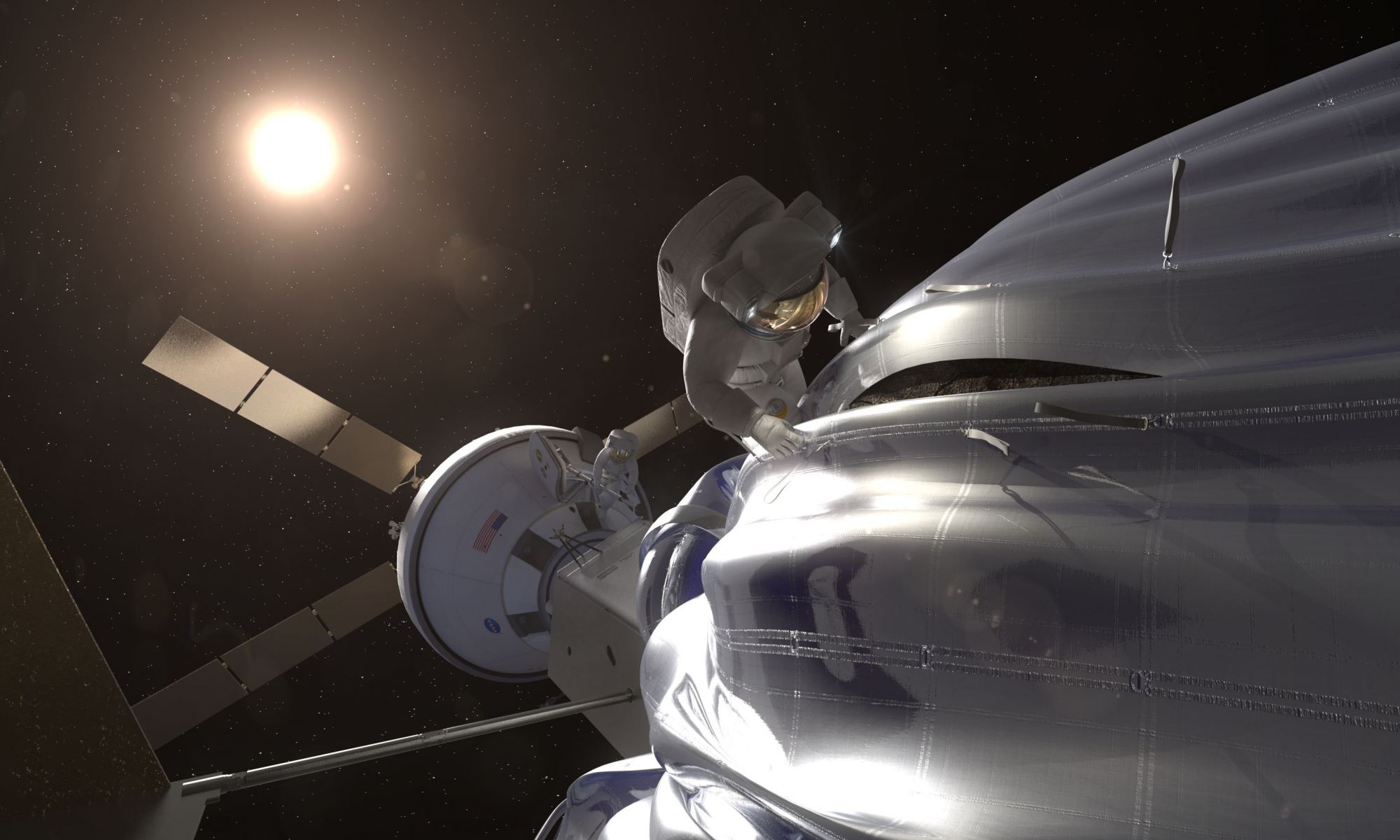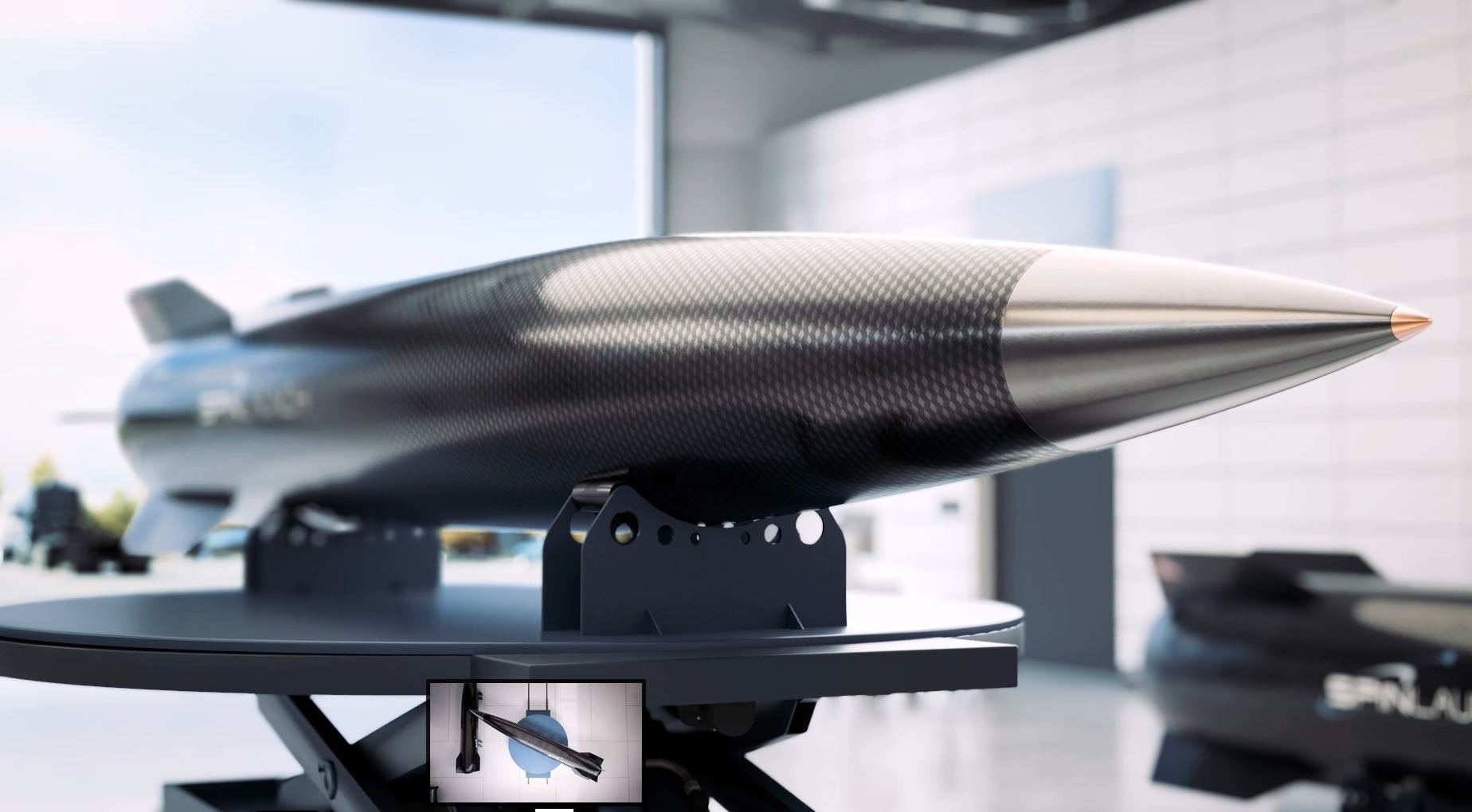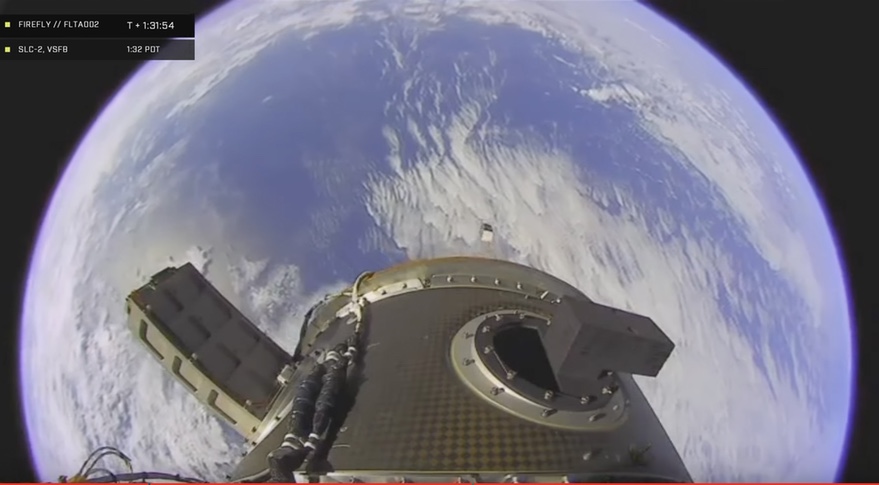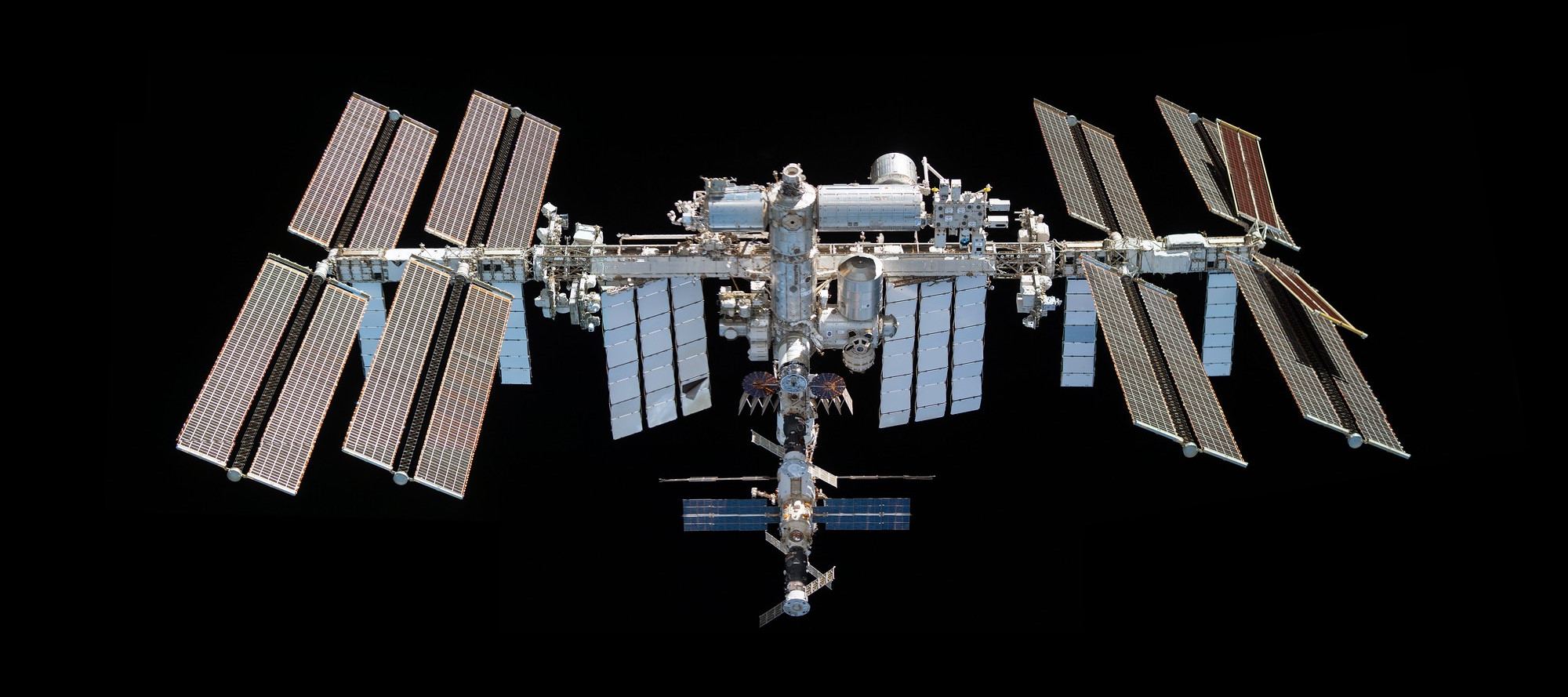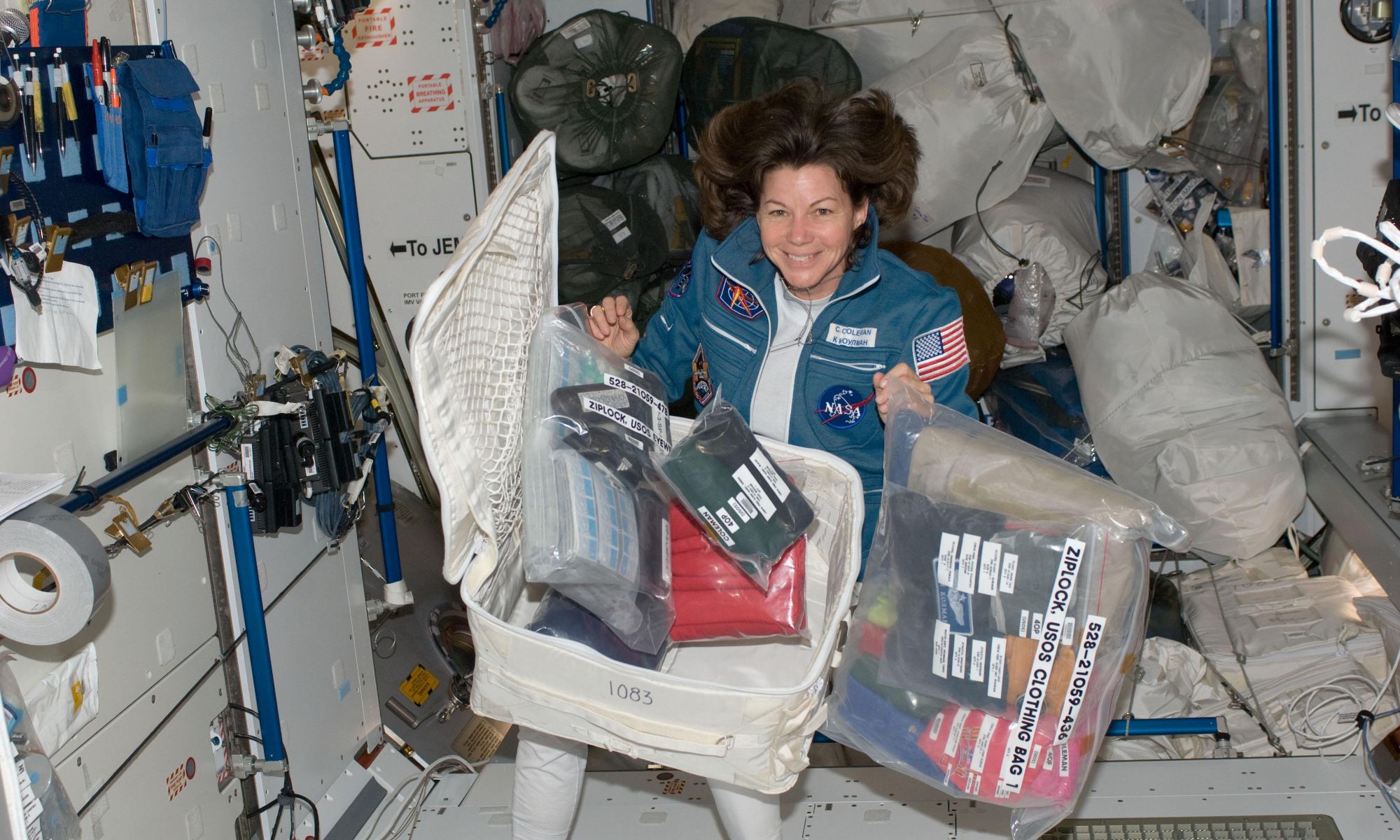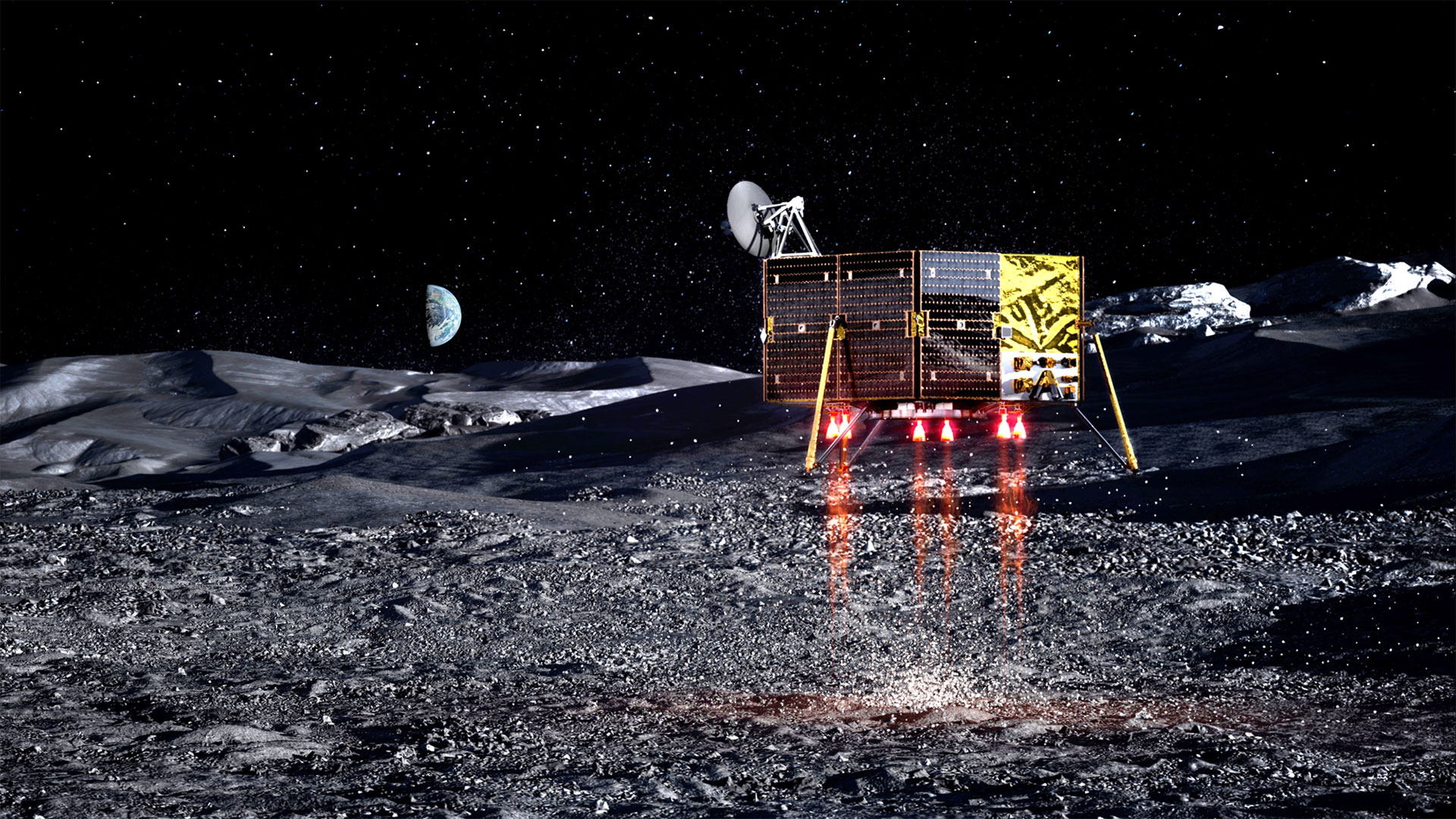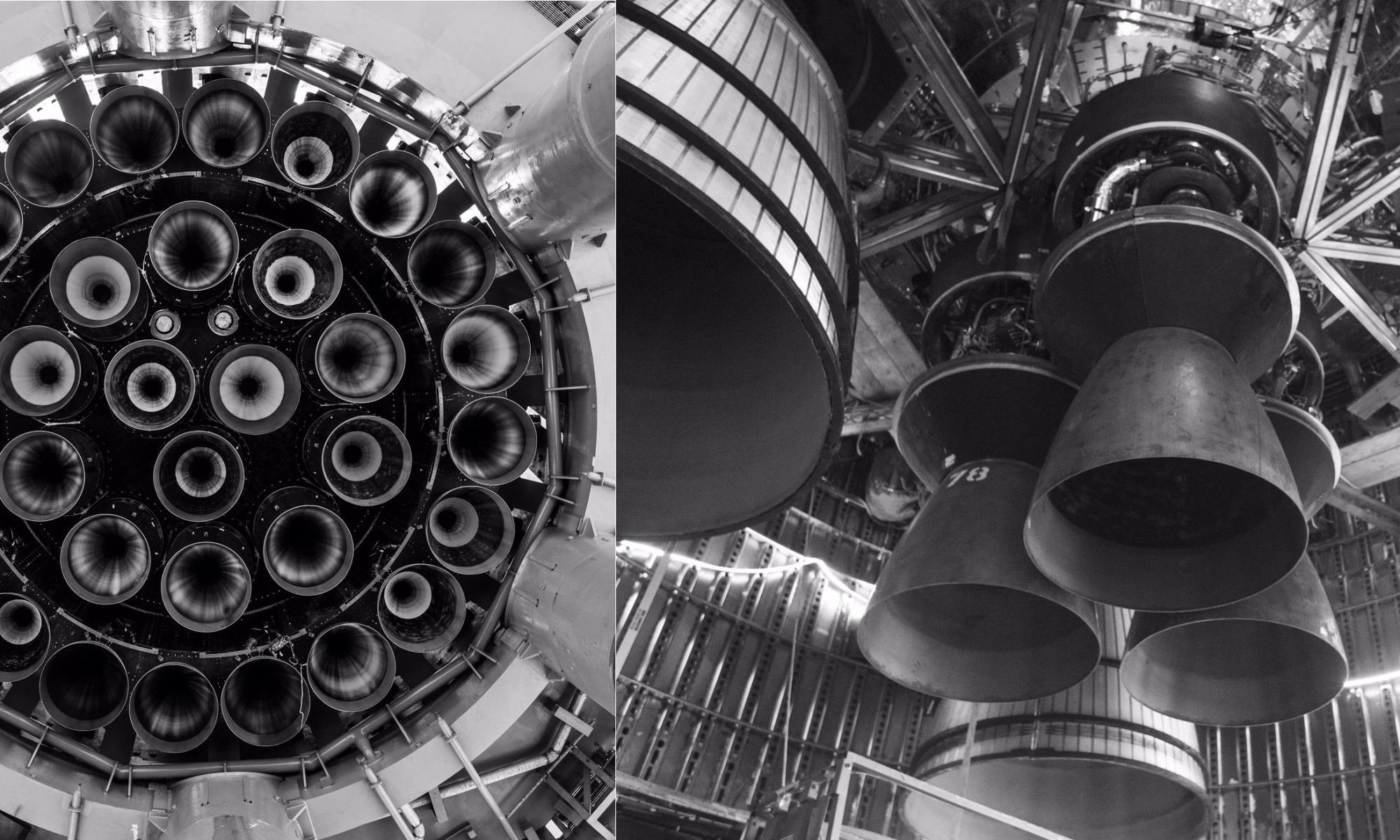About a decade ago, the prospect of “asteroid mining” saw a massive surge in interest. This was due largely to the rise of the commercial space sector and the belief that harvesting resources from space would soon become a reality. What had been the stuff of science fiction and futurist predictions was now being talked about seriously in the business sector, with many claiming that the future of resource exploitation and manufacturing lay in space. Since then, there’s been a bit of a cooling off as these hopes failed to materialize in the expected timeframe.
Nevertheless, there is little doubt that a human presence in space will entail harvesting resources from Near Earth Asteroids (NEAs) and beyond. In a recent paper, a team of researchers from the University of Nottingham in Ningbo, China, examined the potential impact of asteroid mining on the global economy. Based on their detailed assessment that includes market forces, environmental impact, asteroid and mineral type, and the scale of mining, they show how asteroid mining can be done in a way that is consistent with the Outer Space Treaty (i.e., for the benefit of all humanity).
Continue reading “What Would Asteroid Mining do to the World's Economy?”
